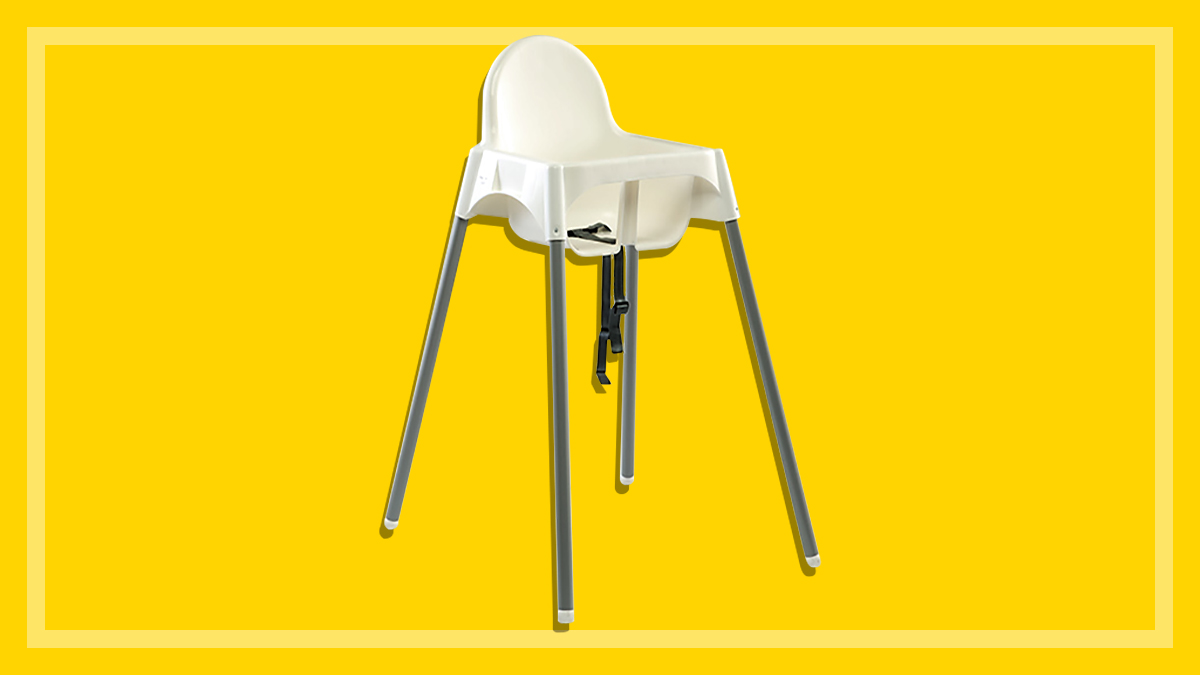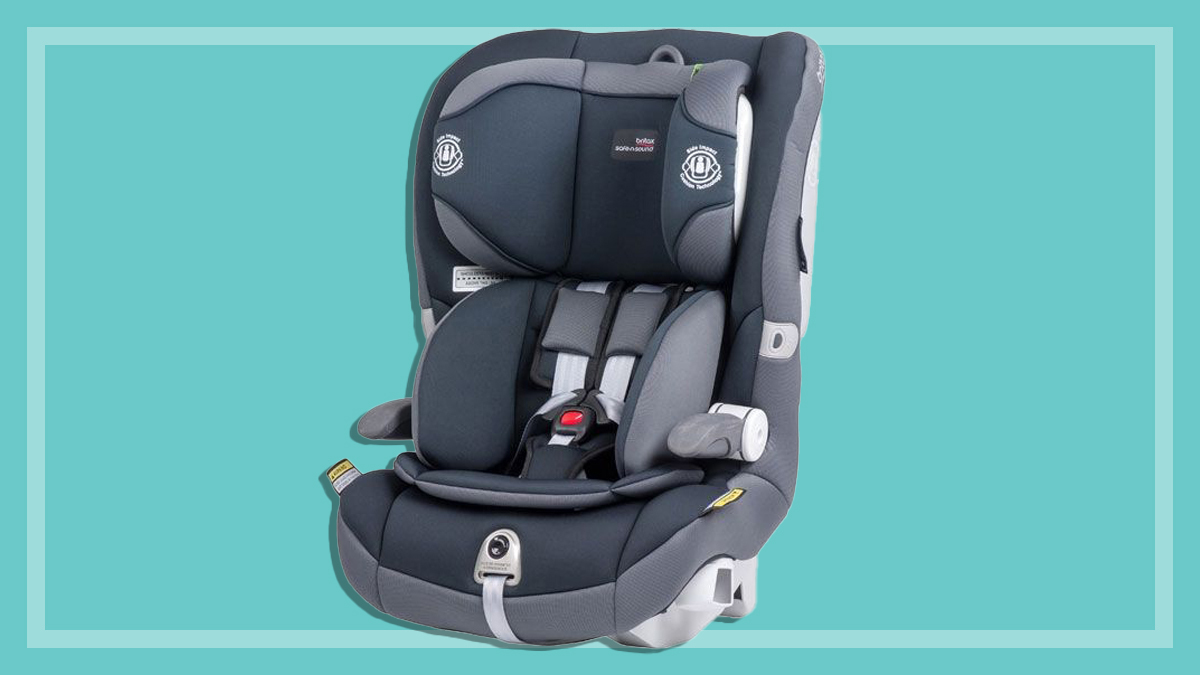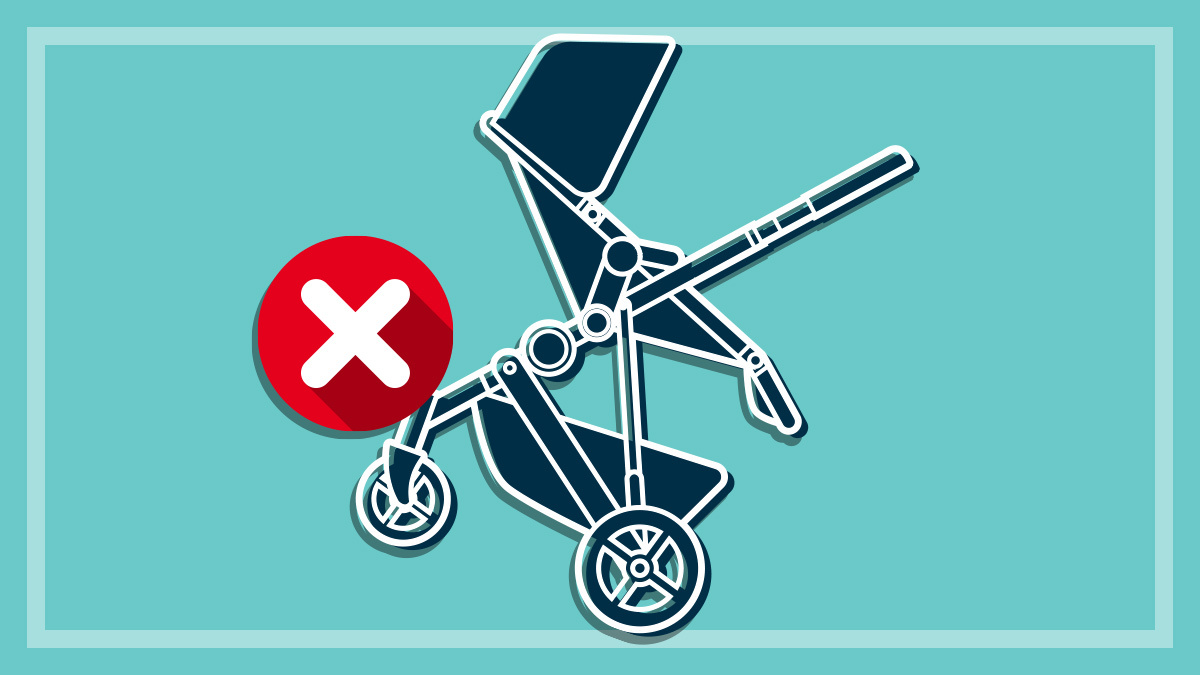Get our independent lab tests, expert reviews and honest advice.
How we test high chairs
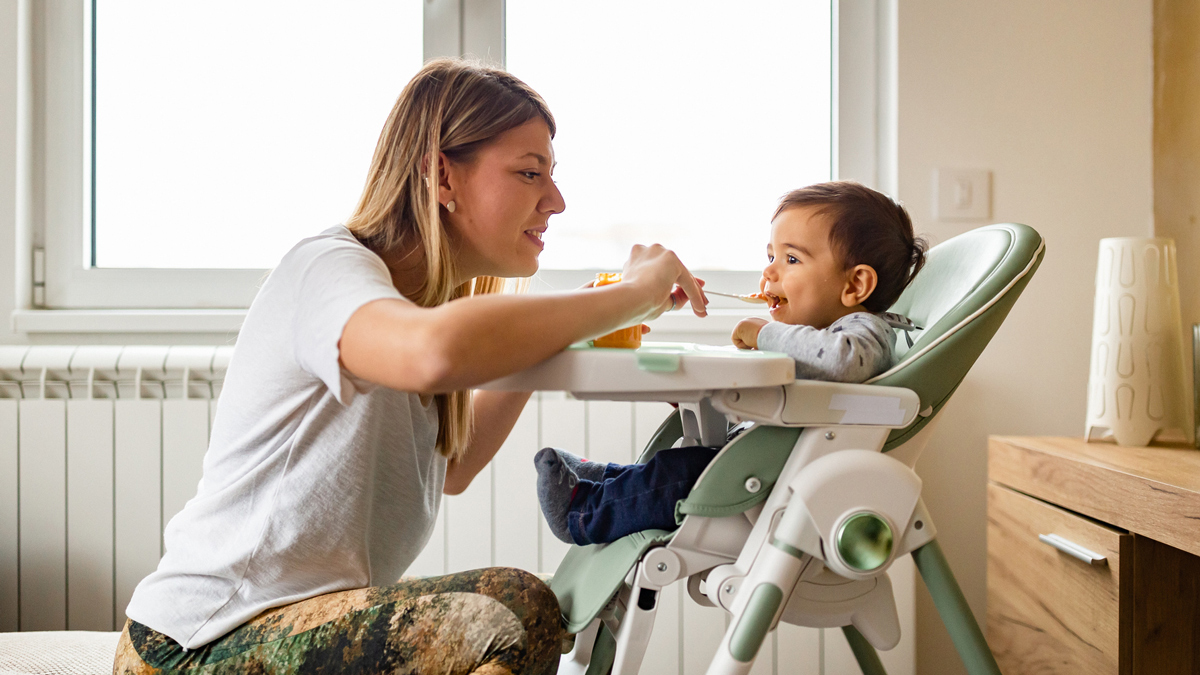
Finally, your baby or toddler is old enough to join you at the dinner table. How do you choose a high chair that won’t topple over or cause a curious baby to wriggle out of their harness and into harm’s way? Babies will spill and throw food, so choosing a high chair that’s easy to clean is also important.
On this page:
That’s where our high chair reviews can help. Our experts test high chairs to the Australian Standard, and we also use real baby food to see how hard they are to clean.
Our expert testers
With decades of experience, our expert testers are the bees’ knees of children’s product testing. They’ve seen all the brands and varying high chair configurations on the market, and have put each one to the test. Our lab is also NATA accredited to test high chairs against the Australian Standard.
How we choose what we test
We test a huge range of high chairs and our priority is to review what’s for sale in shops, so usually you’ll see us test big brand models from major nursery or department stores. We also try to include a couple of interesting models from smaller manufacturers during each round of testing.
We survey manufacturers to find out about their range of models and we also take member feedback on board when putting a buying list together.
Our buyers then purchase products just like a regular consumer would, either instore or online. This is to make sure the products we receive haven’t been ‘tweaked’ for better performance.
How we test high chairs
Safety is a vital part of our testing. We test each high chair against the Australian Standard for high chairs, AS 4684:2009. The standard also requires compliance with at least one of the international standards, so we refer to the European Standard EN 14988. We also rate how easy the high chairs are to clean.
Performance testing
We conduct the following checks when assessing high chairs.
- Side and rear stability test: This is to see whether the high chair will topple over.
- Construction tests: This includes the strength of the tray when a force is applied. We also check whether the locking mechanisms are secure enough to prevent a child from falling out.
- Entrapment and pinching tests: We see if there’s a finger pinching or entrapment risk when operating the high chair, and also look for gaps and/or holes that could trap a finger.
- Small parts: We look for any parts on the high chair that could be a choking hazard.
- Harness checks: We assess whether the high chair comes with a five-point harness and adequate side and back protection.
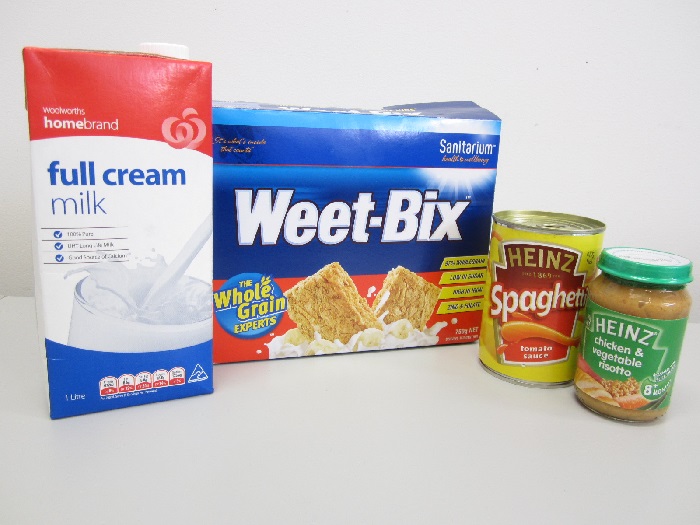
Ease of use and cleaning assessment
We apply Weetbix and milk, spaghetti and tomato sauce and baby food to different areas of the chair (the tray, seat back and padding, as well as the harness) and let it dry overnight.
We then rate ease of cleaning for each of these areas on a scale from “very easy” (residue is easily removed using a kitchen cloth) to “very hard” (needs thorough scrubbing or washing).
This is then converted to a score. High chairs with lots of cracks and crevices will typically score lower than ones that can wipe clean easily.
We also note how easy it is to assemble and operate the high chair which we’ve started including in our ease of use score (some older models may not have this score).
Reputable high chair manufacturers will have their products certified to the Australian Standard. Sometimes, after we inform them of failures, they’ll supply us with an independent report which says they’ve met the standard. Manufacturing problems or inconsistencies do arise, and we usually stand by our findings based on the product we received. In most cases companies will take our comments on board and rapidly address the problems we find.
Test criteria explained
The CHOICE Expert Rating, our overall score, is based on performance (70%) and ease of use (70%).
When rating performance, we place a large emphasis on safety and will only recommend products if they pass major safety tests. Ease of cleaning is also a consideration for high chairs.
Recommended high chairs may have some very minor failures. For instance, due to the nature of many high chair designs, most can’t meet the definition of a ‘permanently attached’ harness because they need to be removed in order for you to adjust the straps. If the high chair is fine otherwise (and has a five-point harness), it’ll still be safe to use.
Models that score 60–65% for performance may still be worth considering from a safety perspective. They may have some minor safety failures such as finger entrapment hazards in hard to reach areas, or some slightly sharp edges.
Models with a performance score of 40% and below have at least one serious failure. Perhaps the high chair has an inadequate side height, it toppled over during the stability test, or it broke during strength testing. We list these failures in the ‘Bad points’ in our test results.
Previous scoring method
In the past we recommended all high chairs that passed our key safety tests and had a CHOICE Expert Rating of at least 70%, regardless of whether or not they were easy to clean. However, as of 2023 we now take ease of use (ease of cleaning) into account for high chairs. If the high chair scores under 55% for the ease of cleaning component, we won’t recommend it. However, if safety is your main concern, you can still check whether a high chair passes all key safety tests.

